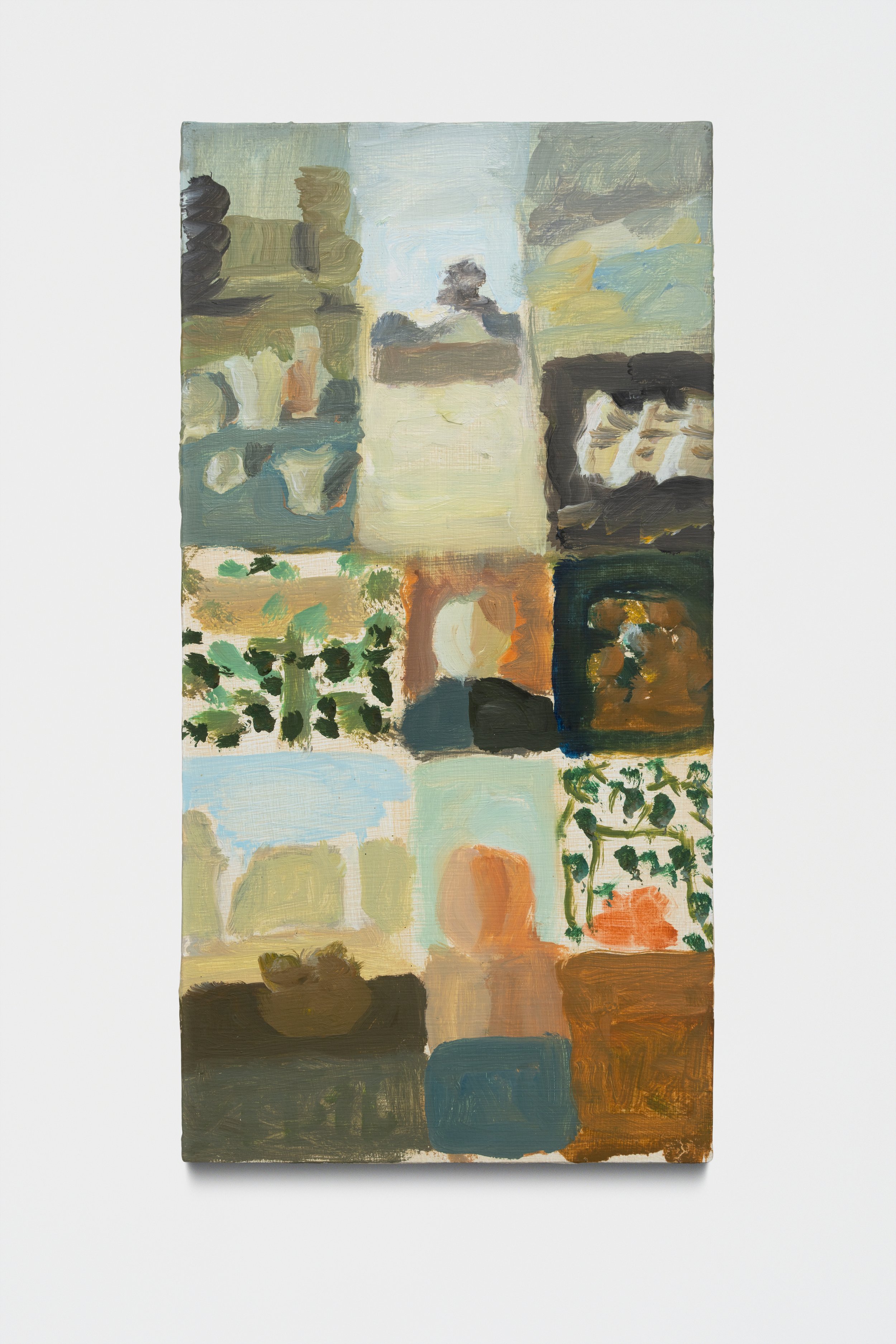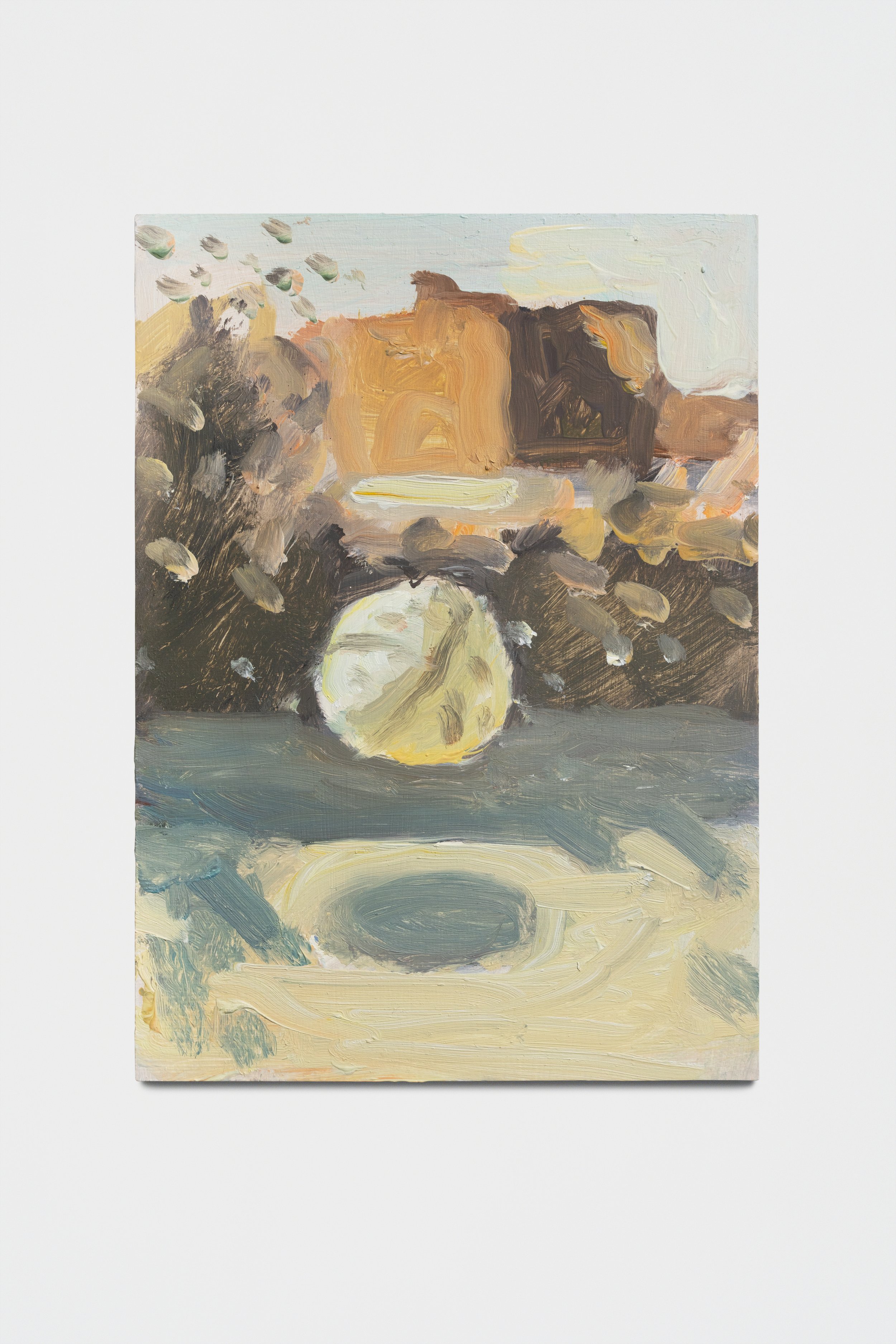Laura Vahlberg: Hi Owen, thanks so much for agreeing to this interview! I saw on your website that you’re from Pittsburgh. I lived in Murraysville for a while when I was a kid.
How did you get started being an artist?
Owen Westberg: Hi Laura, let me know if you want me to elaborate more on any of this.
I started off as a child. My mom and grandmother encouraged it a lot (my grandmother was an amateur portrait painter), but then stopped in early adolescence. I began to take a more serious interest in art at around 15 years old and enrolled in some pre-college art classes at Carnegie Mellon for figure drawing. By the time I was applying to colleges I had decided it would be an art school. I applied to MICA and RISD, was accepted at both, but decided to attend RISD which was great! I studied with Matvey Levenstein, Julian Kreimer, and Dike Blair among others. I definitely learned the fundamentals of observational oil painting there, and became enamored of Giorgio Morandi and Fairfield Porter among others.
LV: Looking at your teachers' painting-- it makes sense that you studied with them. I wonder if you can share any big takeaways from your time with them.
OW: I think Matvey taught the fundamentals of light and color especially complimentary colors very well. We all had a very specific palette of colors for his class so we’d be able to see how everyone used them differently. It was a more traditional class I suppose but he always was very open minded.
Julian taught me how to think outside of the box in terms of subject matter for painting and directed me towards looking at contemporary or modern photography as an influence. He also advocated for being fluid with the brush and medium and letting things happen as the painting was being created.
I’d say Dike was just incredibly insightful about what I was becoming involved in. Directing my interests towards a sense of introspection and curiosity about why I was interested in what I was interested in.
LV: I’m curious about what you wrote here: Directing my interests towards a sense of introspection and curiosity about why I was interested in what I was interested in.
Can you give an example of how introspection and curiosity plays out in one of your paintings? Is it like the motif and interior imagery playing a game of catch?
OW: Well yeah I think it was more or less what was possible within a certain logic of painting. What is possible within the narrative of a certain type of painting (my paintings) when it doesn’t evolve towards pure abstraction. Lets take for instance the quilt painting or the bouncing ball painting (below).
Quilt 6” x 12” Oil on Birch Panel
Courtyard 5” x 7” Oil on Aluminum
Chase 5” x 7” Oil on Aluminum
Those works are as much about my interest in looking at artist monograph books as they are about anything else. It’s indexing and then the ball is like a question. Can I make a painting of a bouncing ball? It’s not possible to paint it as fast as observing it. This isn’t really different from painting waves or clouds though. It’s a pictorial question made into a painting.
LV: I've heard of a painting being a question, but not the idea of painting as an index. Are there other modes of painting that you explore beyond an index or a question? I guess this goes down the rabbit hole of painting as language.
OW: I explore a very specific palette and also try to become engaged in subject matter that I can return to. I think I'm attracted to paying attention to something over time with painting. The evolution of an actual place to a fictional place is interesting to me. Painting taps into a sense of history and beauty that basically supersedes the subject matter so I like the idea of how that can function.
LV: Can you talk more about the specific palette you use?
OW: Sure, I use permalba white which is zinc and titanium mix, cad orange or cad yellow deep, nickel lemon yellow or cad lemon (usually nickel), raw sienna, pyrolle orange, sometimes (burnt umber, Venetian red, or transparent orange), pthalo green, ultramarine blue, (sometimes cobalt or cerulean), Prussian blue, ivory black.
I like mixing local colors out of colors that sometimes don’t perfectly adjust to the subject. At least some of the local colors. I think it adds a sense of fiction to the works.
Also I like how new colors likes pthalo and pyrolle mix with earth colors. They end up making curious mixtures.
LV: Cool! I use some of those colors too.
So how do you know when a painting is complete?
OW: Nice, I think I know it’s complete when it feels like everything has a sense of resolution but not overworked.
Newport 6” x 12” Oil on Wood Panel
You can see more of Owen Westberg’s work on his website: https://www.owenwestberg.com/ and on Instagram: @owenwestberg.
Owen Westberg’s work can be seen in person at
Laurel Gitlen: https://www.laurelgitlen.com
Dunes: https://dunes.fyi/
The Castle: https://www.thecastle.la/exhibitions
Chris Sharp Gallery: https://www.chrissharpgallery.com




